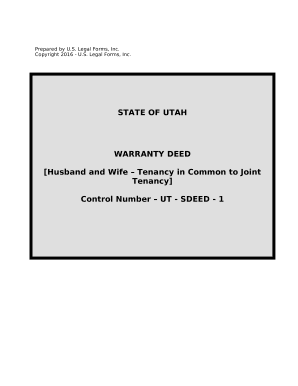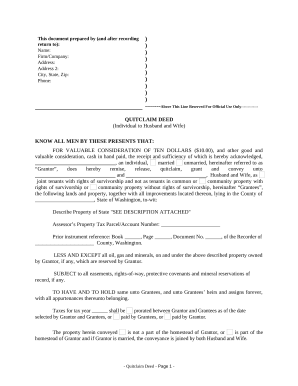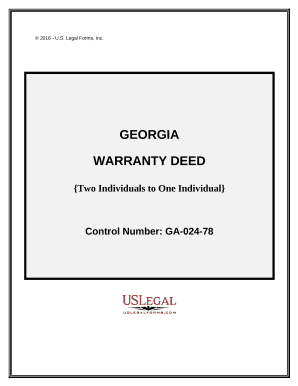








Document managing can overwhelm you when you can’t find all of the documents you require. Fortunately, with DocHub's vast form categories, you can find everything you need and swiftly take care of it without the need of switching among programs. Get our Property Ownership Change Legal Forms and start working with them.
How to use our Property Ownership Change Legal Forms using these basic steps:
Try out DocHub and browse our Property Ownership Change Legal Forms category easily. Get a free profile today!